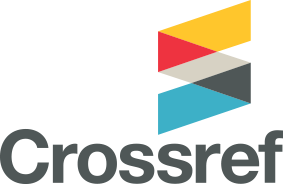Modeling and Forecasting Inflation in Nigeria using Autoregressive Integrated Moving Average Technique
Keywords:
Structural Breaks, Inflation, ARIMA modelsAbstract
This paper applies the Autoregressive Integrated Moving Average (ARIMA) methodology of Box-Jenkins (1976) to model and forecast inflation rate in Nigeria, using monthly time series dataset for the period from 2009:1 to 2018:12.The dataset has been subjected to test for unit root using the Augmented Dickey- Fuller (1981), as well as the Zivot and Andrews unit root test which accounts for structural break. The data has been established to be integrated of order1, that is I(1) in both tests, with the break date identified in 2017:01, which necessitates the use of sub sample from 2009:1 to 2016:01 and the entire sample to make comparison and determine the best model that fits the data. The study finds that the ARIMA (2, 1, 13) model using the sub sample data; which considers the structural break date is the parsimonious model as it has passed all the diagnostic tests and thus
utilized to predict the future values of the rate of inflation for the period from 2018:7 to 2018:12.The forecast values are not much different from the actual values of the inflation. The study thus recommends the use of ARIMA modeling in forecasting inflation rate in Nigeria, so as to aid policy makers in designing policy measures to cushion the effects of inflation on the living conditions of Nigerians.
Downloads
Published
How to Cite
Issue
Section
License
Copyright (c) 2021 Namadina Hamza

This work is licensed under a Creative Commons Attribution 4.0 International License.














